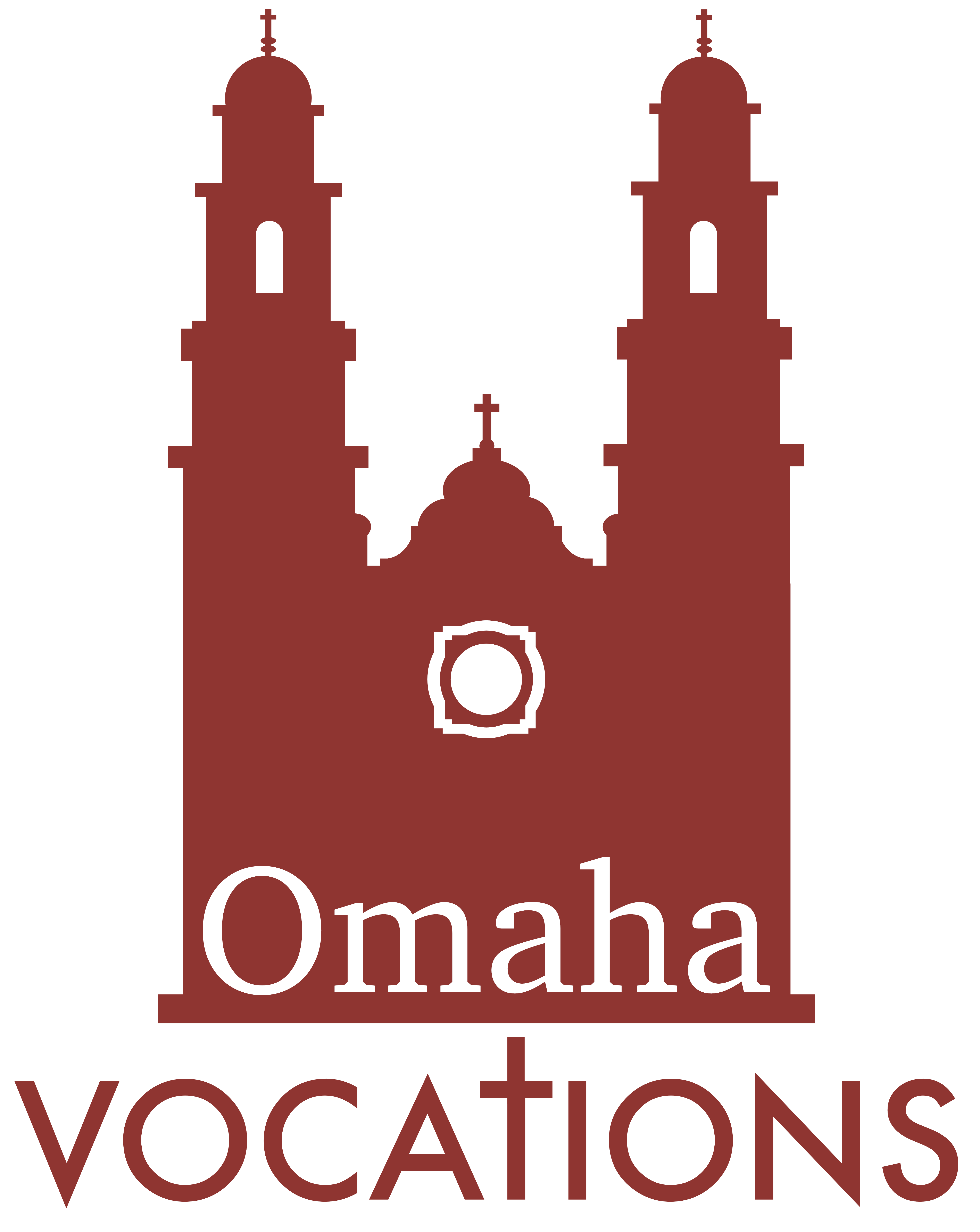Current Seminarians
Meet the Seminarians from the Archdiocese of Omaha
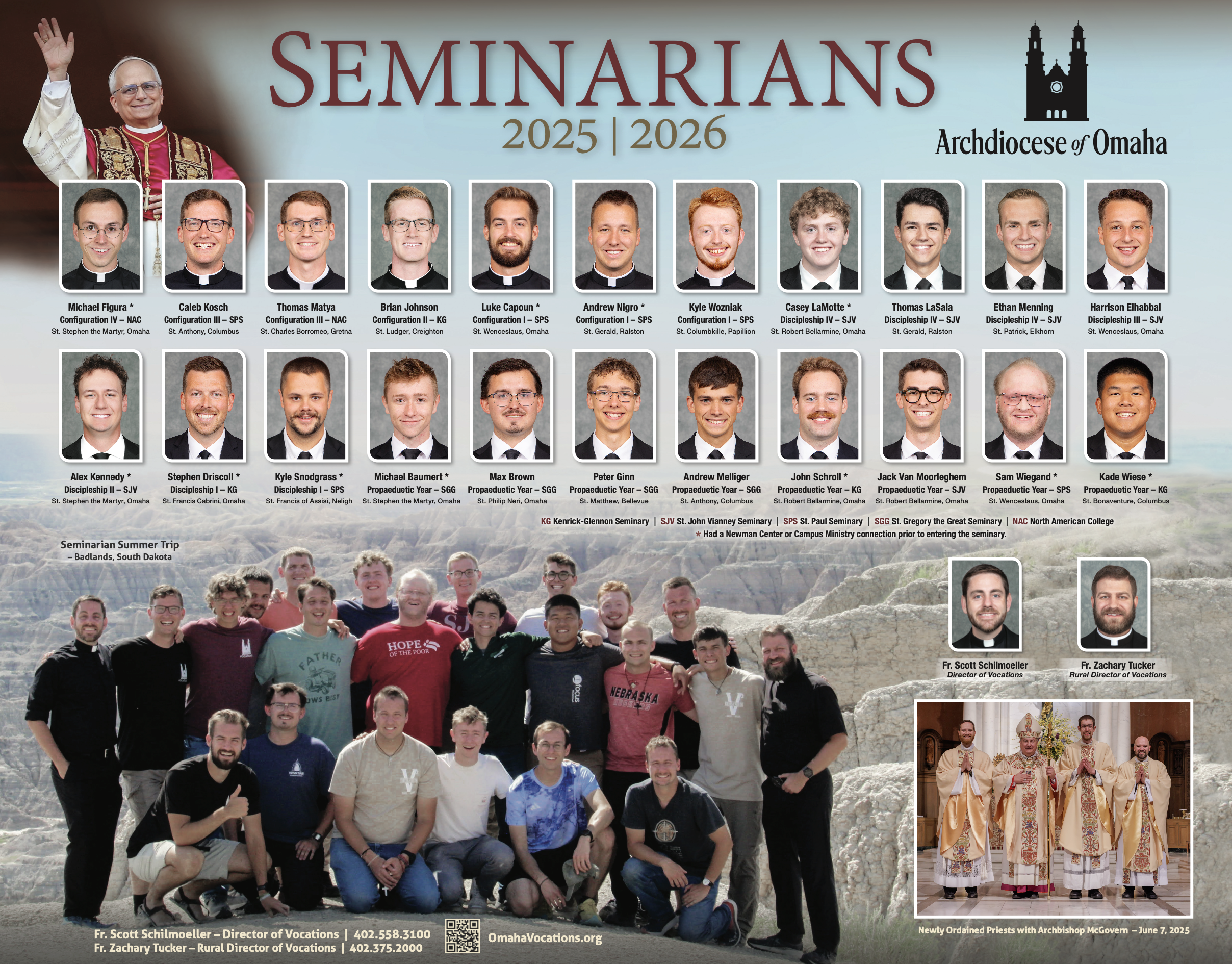
The seminarians of the Archdiocese of Omaha exhibit a wide variety of interests, hobbies, and talents. They represent a diverse group of high school graduates, college transfers, college graduates, and occupational and professional workers. Download the poster or prayer card below to pray for our seminarians.
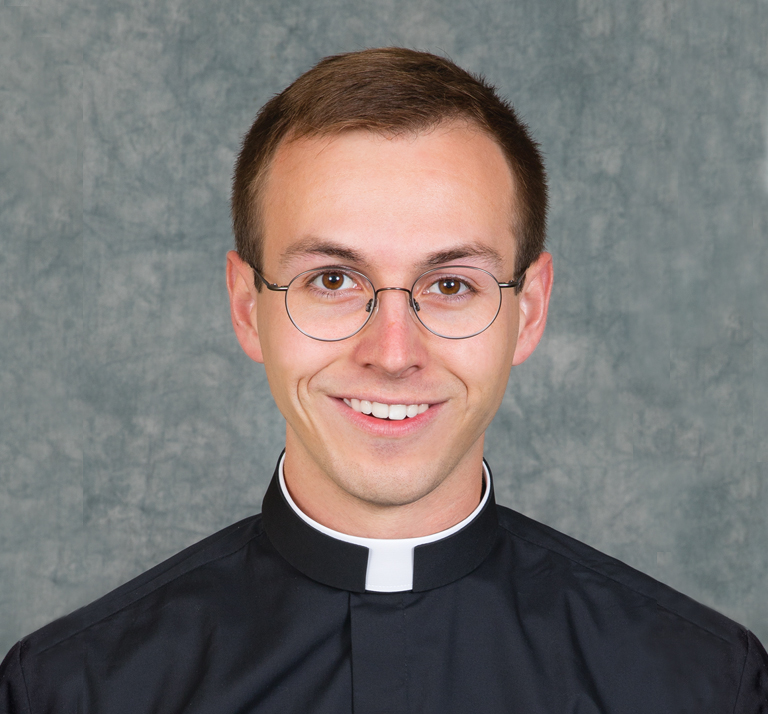
Michael Figura
Configuration III
North American College
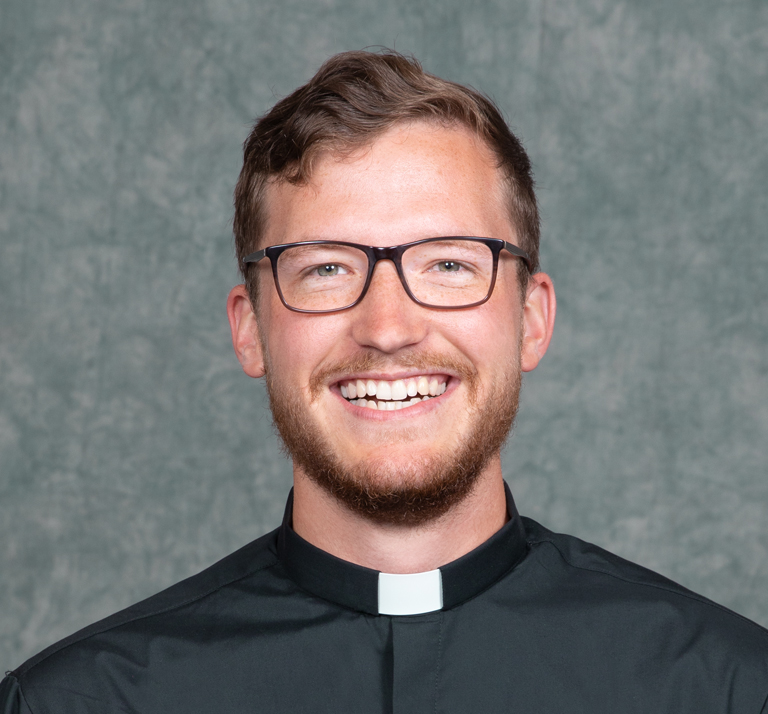
Caleb Kosch
Configuration II
St. Paul Seminary
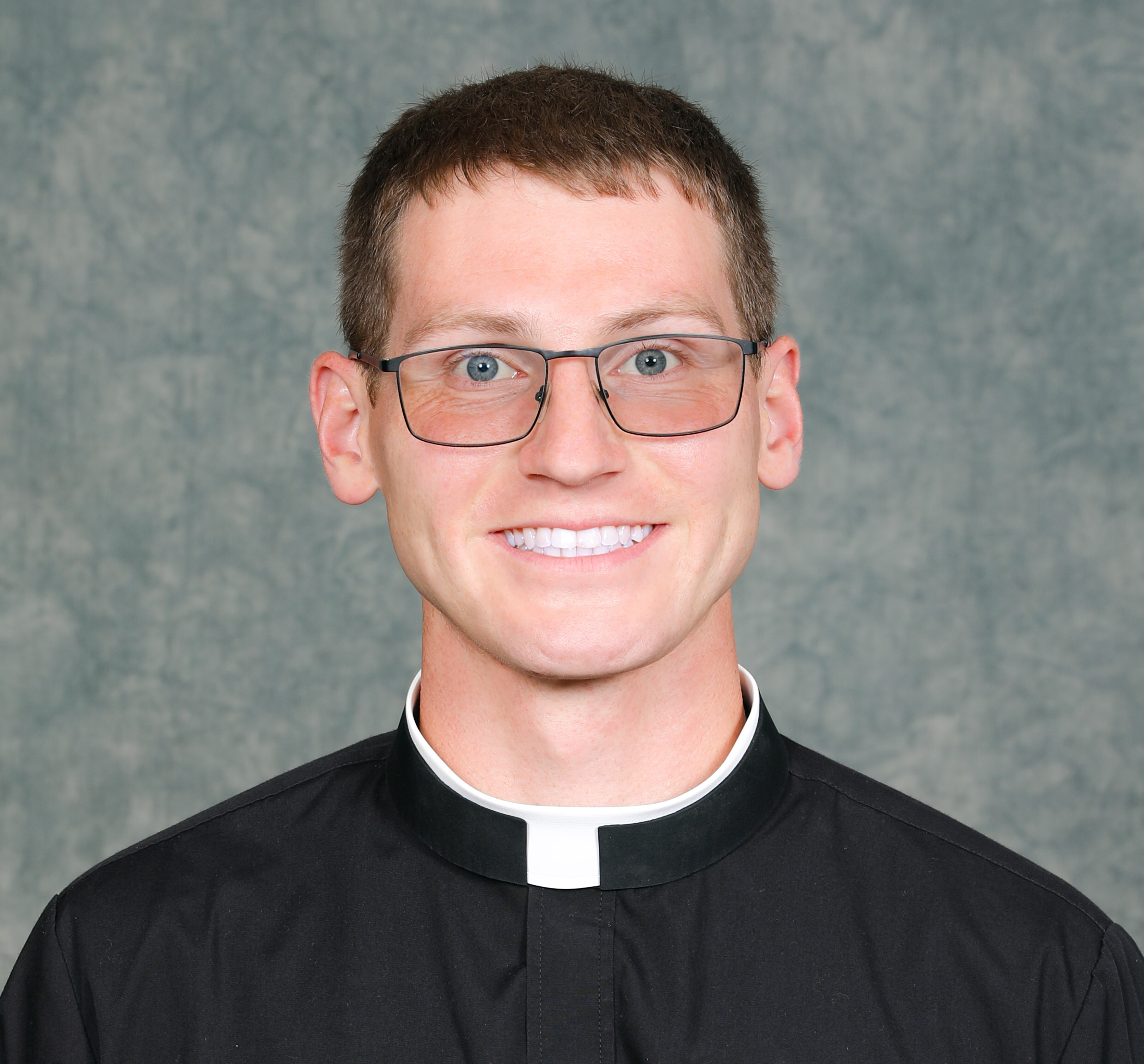
Thomas Matya
Configuration II
North American College
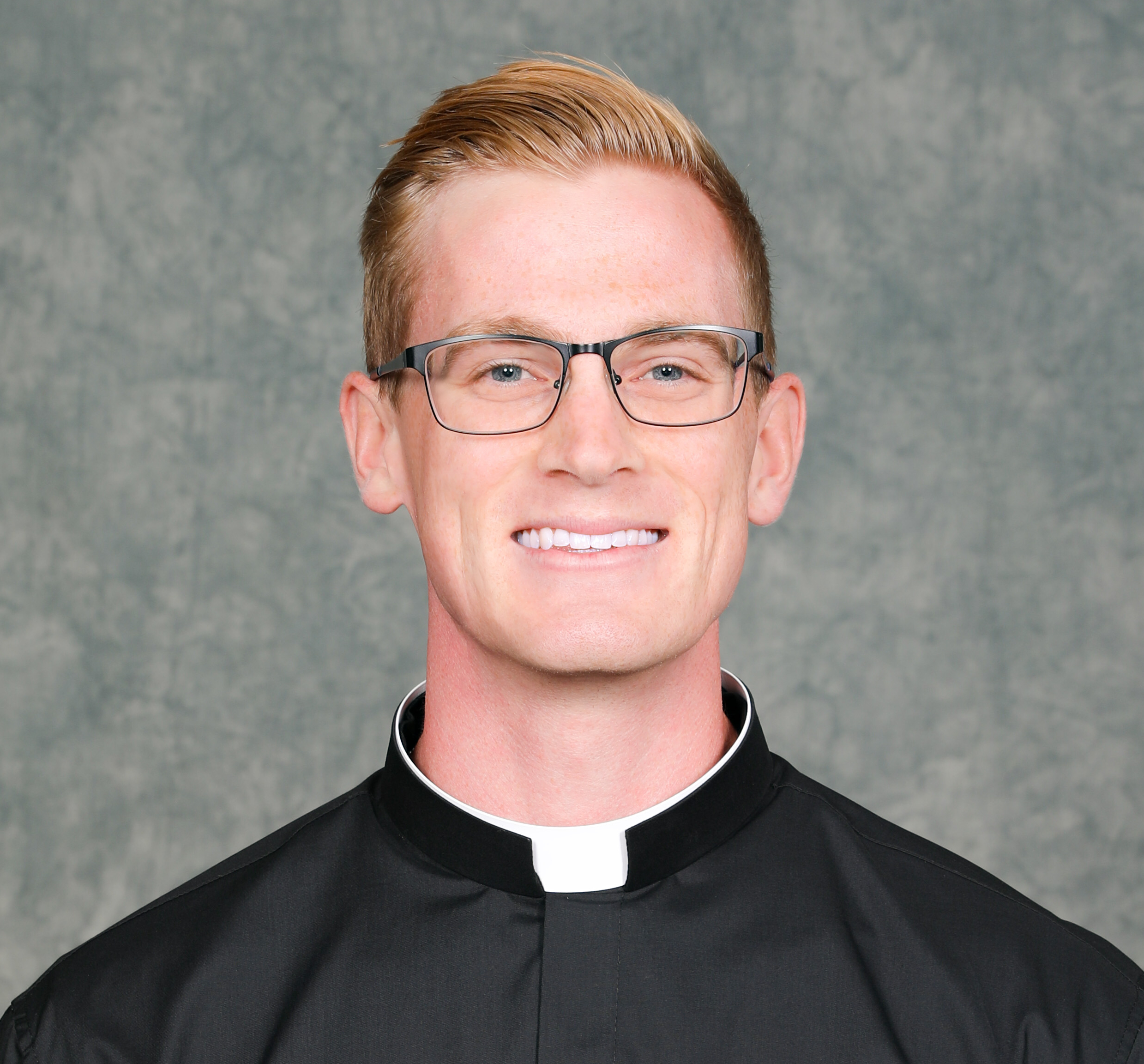
Brian Johnson
Configuration I
Kenrick-Glennon Seminary

Kyle Wozniak
Pastoral Internship
St. John Vianney Seminary
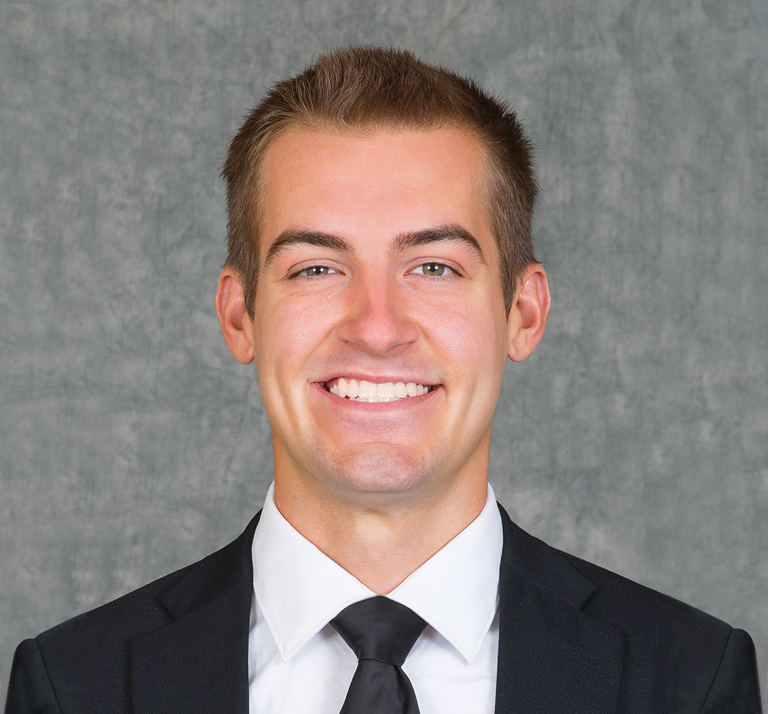
Luke Capoun
Discipleship IV
St. John Vianney Seminary
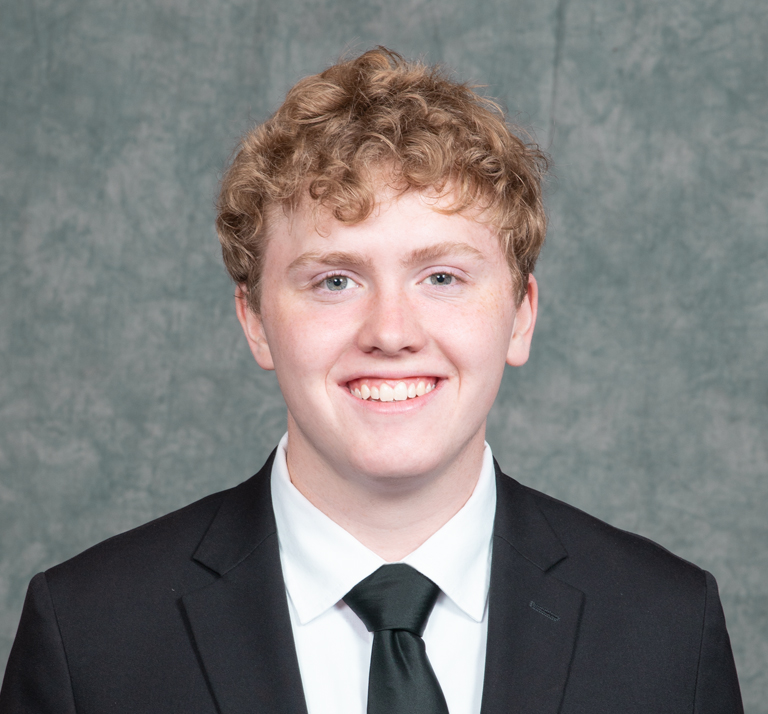
Casey LaMotte
Discipleship III
St. John Vianney Seminary
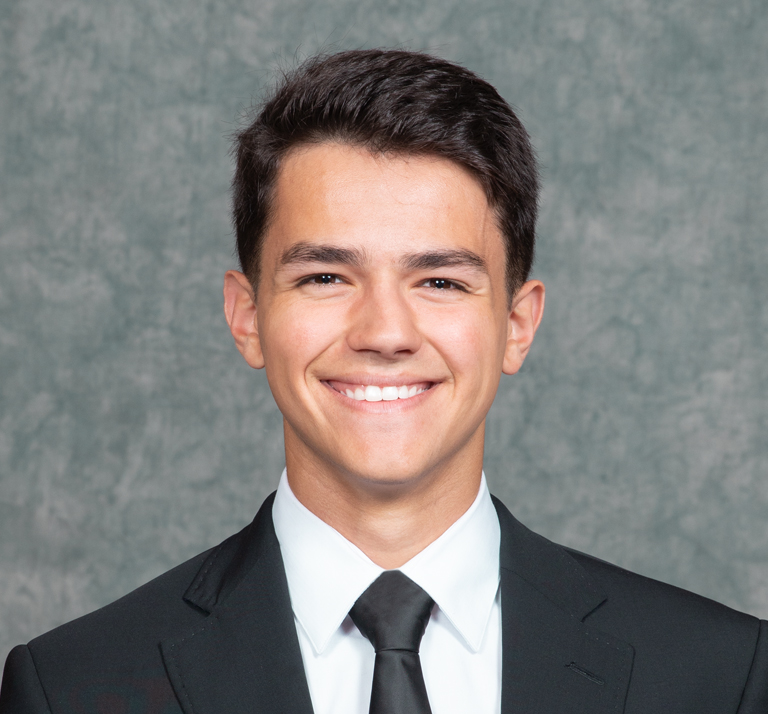
Thomas LaSala
Discipleship III
St. John Vianney Seminary
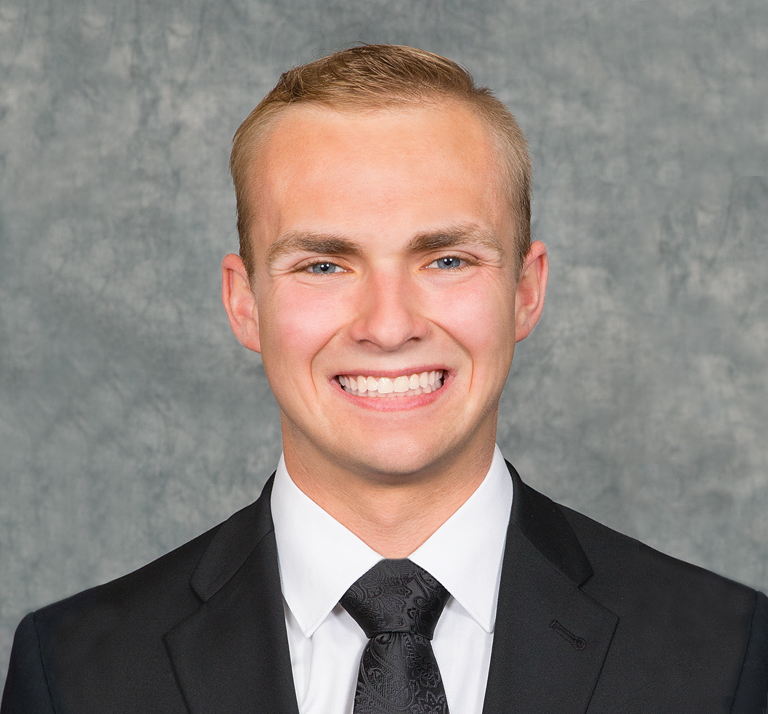
Ethan Menning
Discipleship III
St. John Vianney Seminary

Harrison Elhabbal
Discipleship II
St. John Vianney Seminary
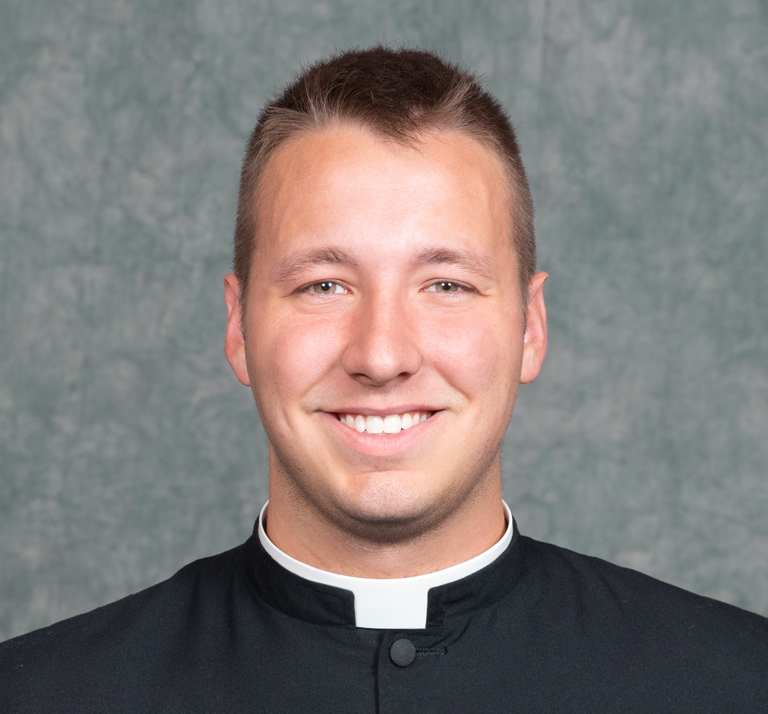
Andrew Nigro
Discipleship II
St. Paul Seminary
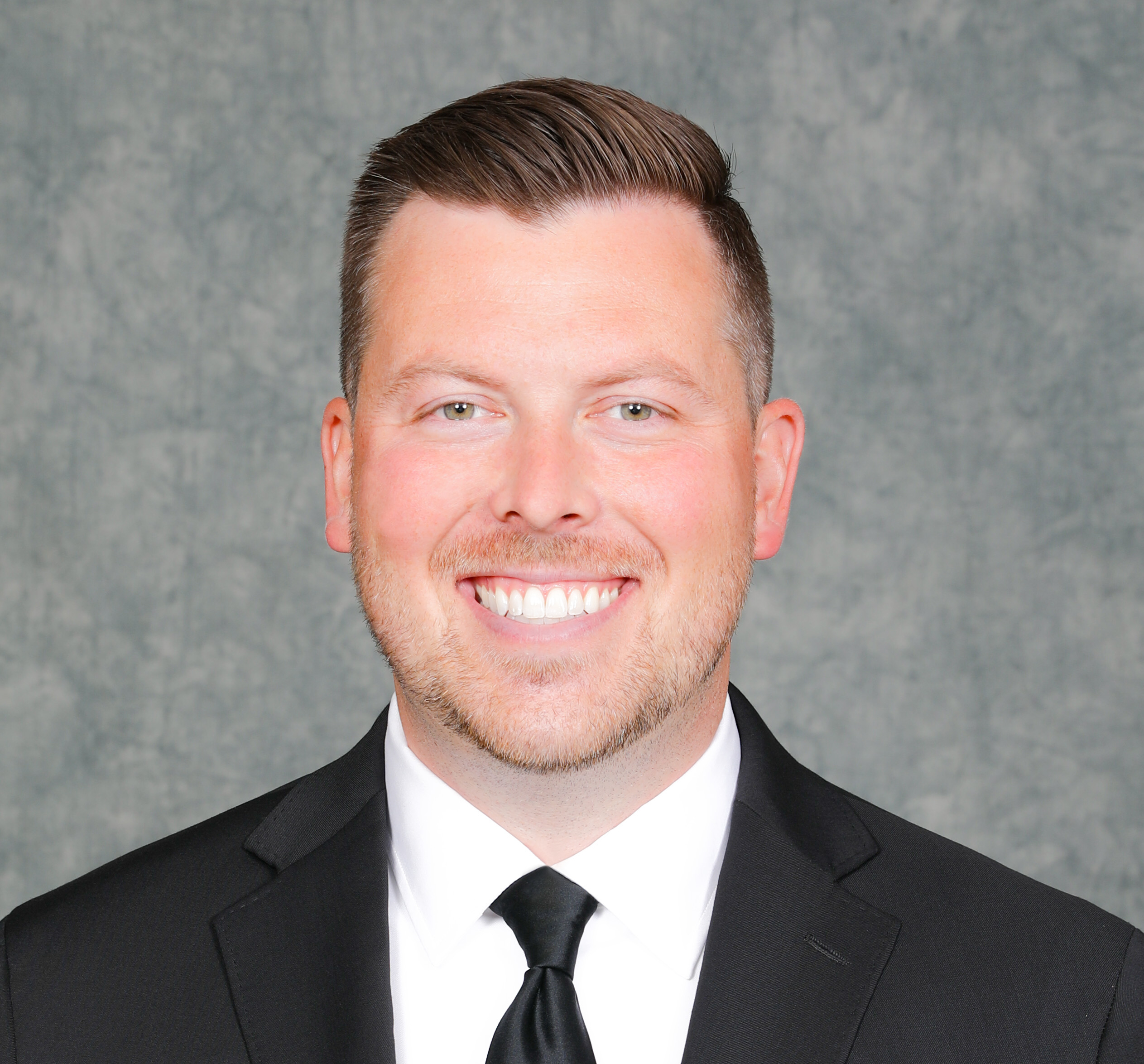
Stephen Driscoll
Propaedeutic Year
Kenrick-Glennon Seminary
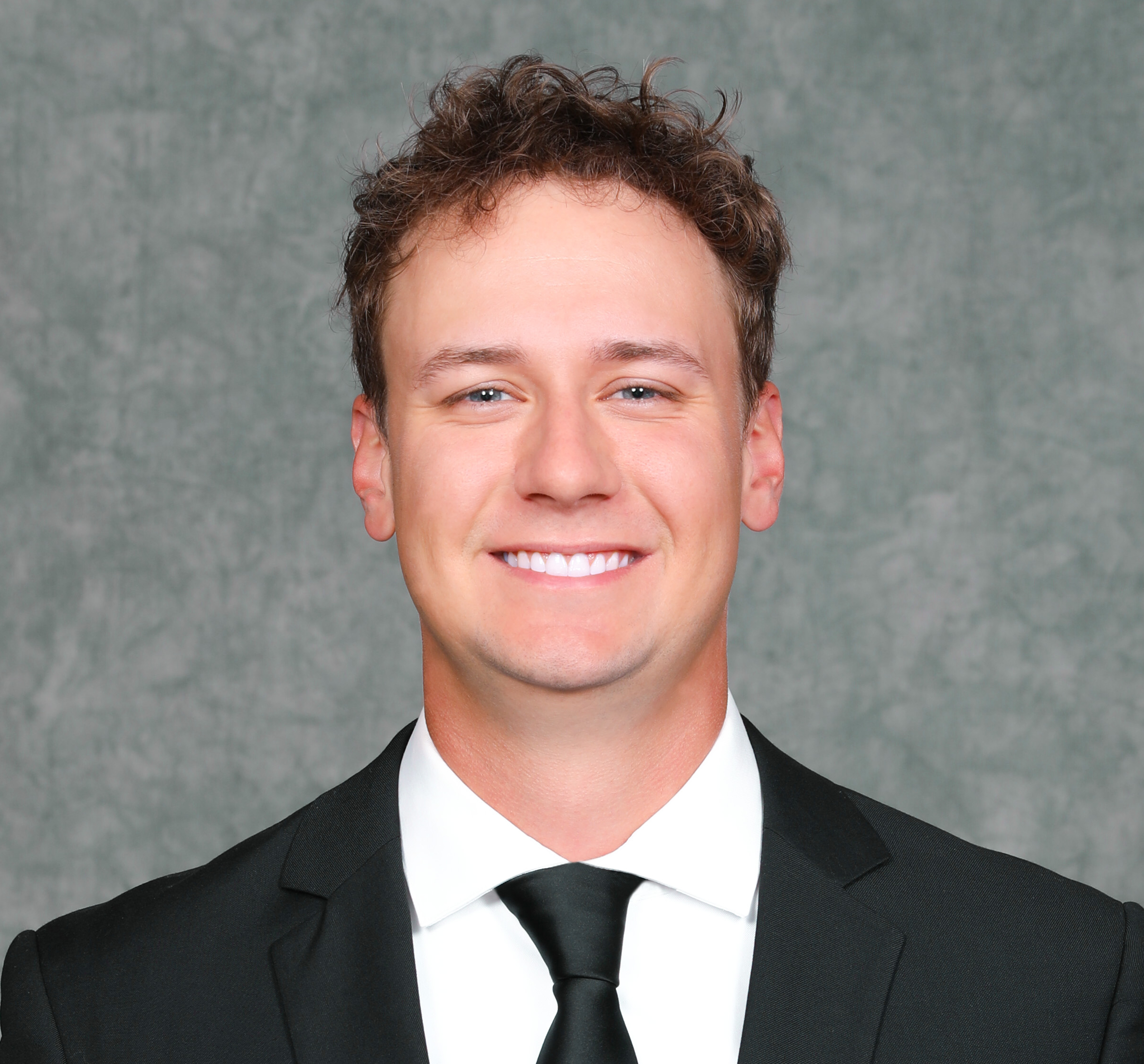
Alex Kennedy
Propaedeutic Year
St. John Vianney Seminary
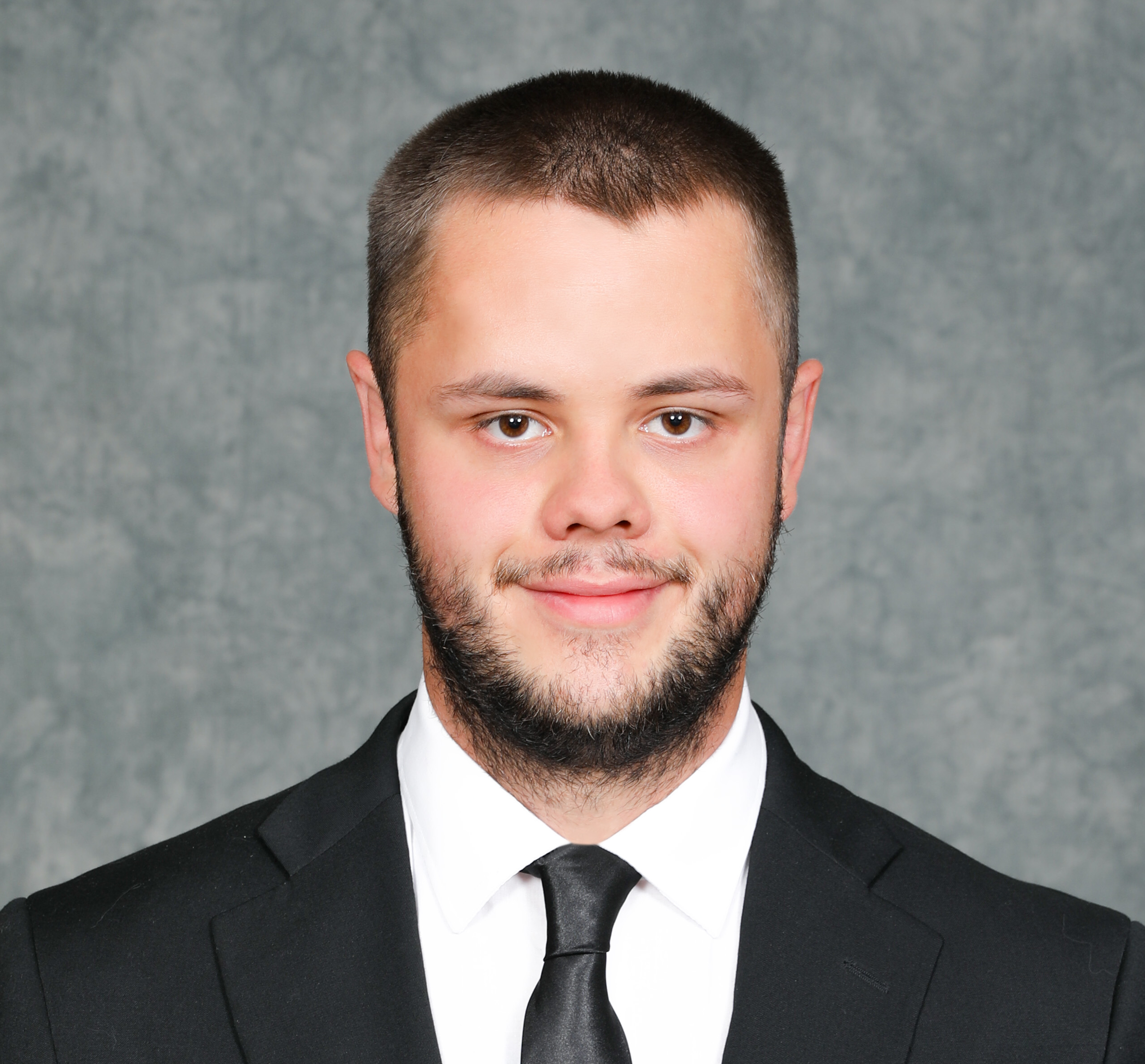
Kyle Snodgrass
Propaedeutic Year
St. Paul Seminary
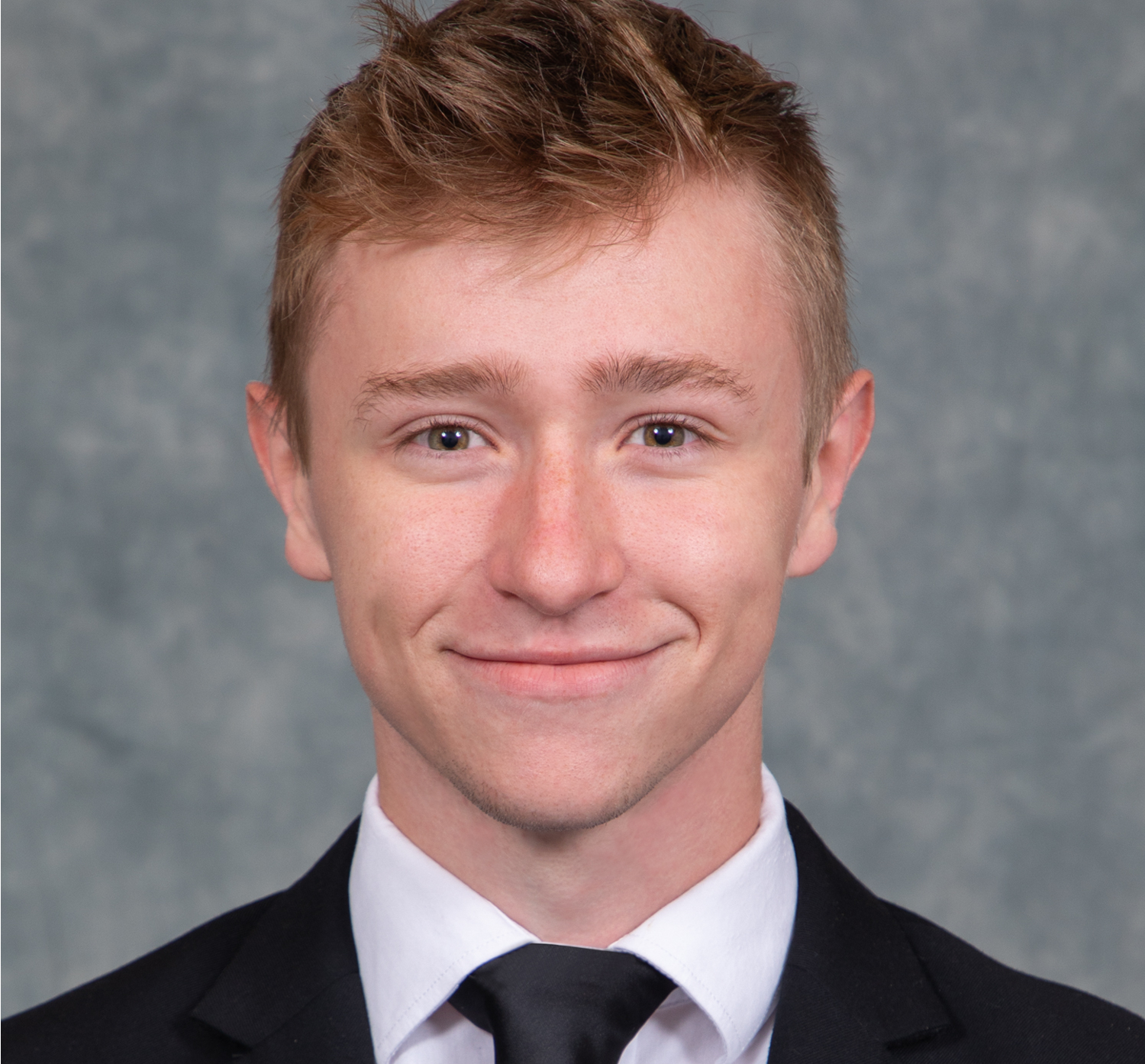
Michael Baumert
Propaedeutic Year
St. Gregory the Great Seminary
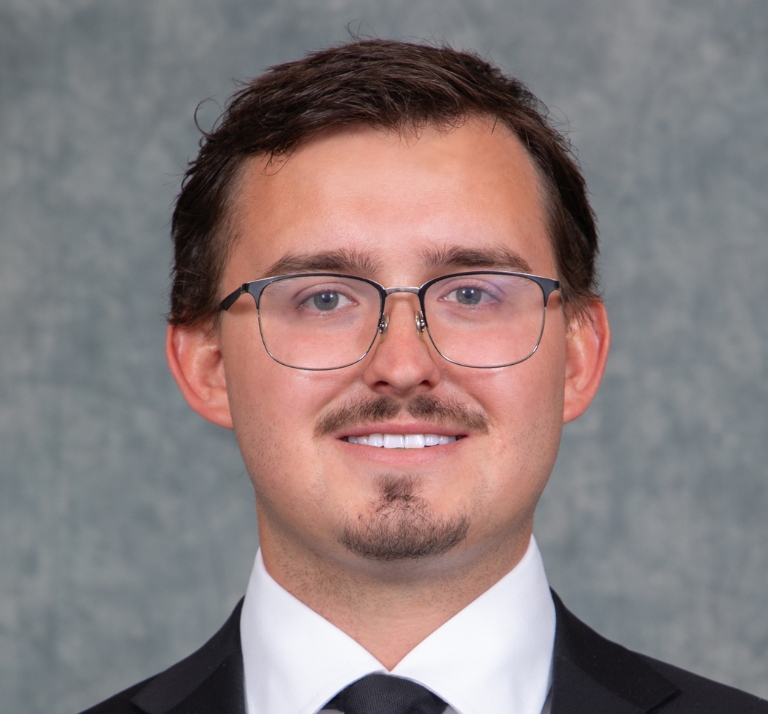
Max Brown
Propaedeutic Year
St. Gregory the Great Seminary
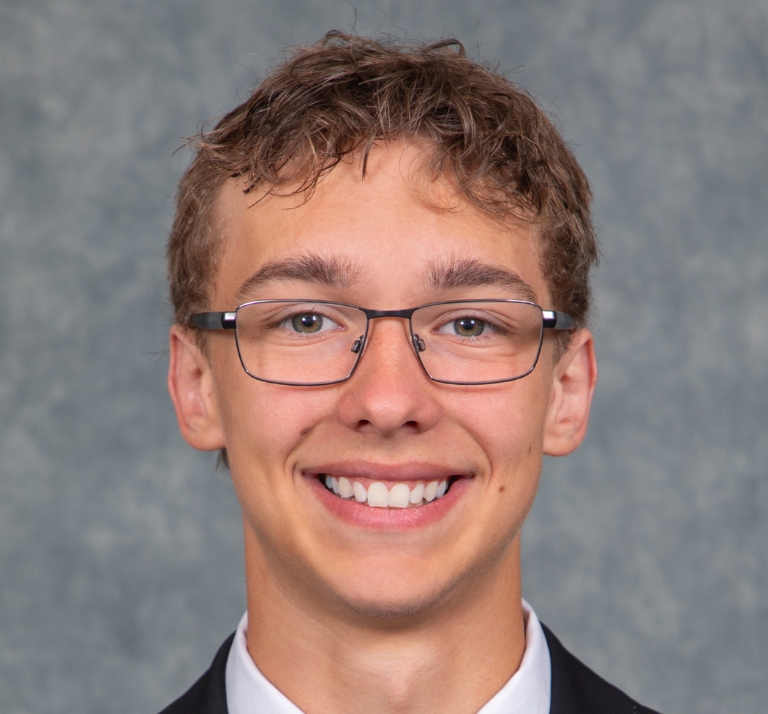
Peter Ginn
Propaedeutic Year
St. Gregory the Great Seminary
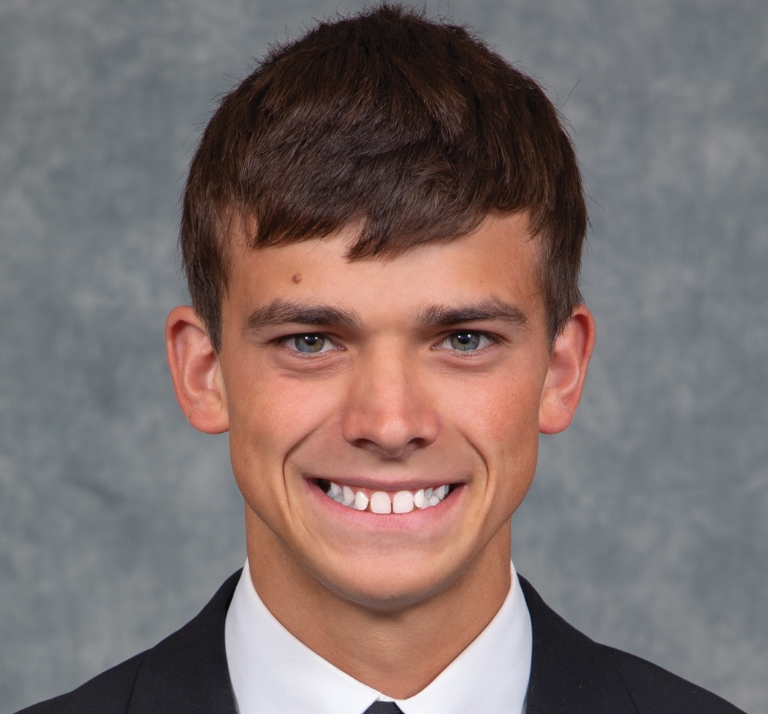
Andrew Melliger
Propaedeutic Year
St. Gregory the Great Seminary
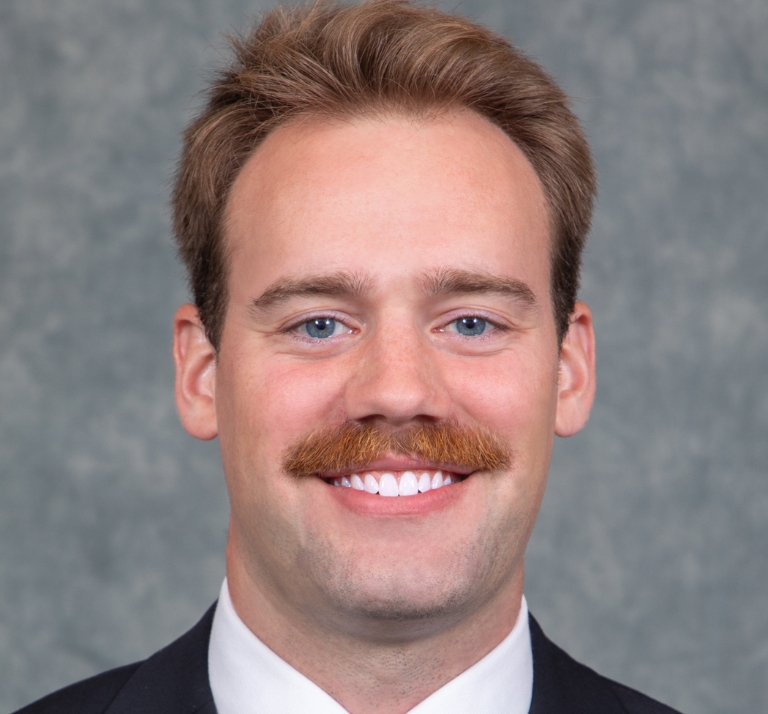
John Schroll
Propaedeutic Year
Kenrick Glennon Seminary
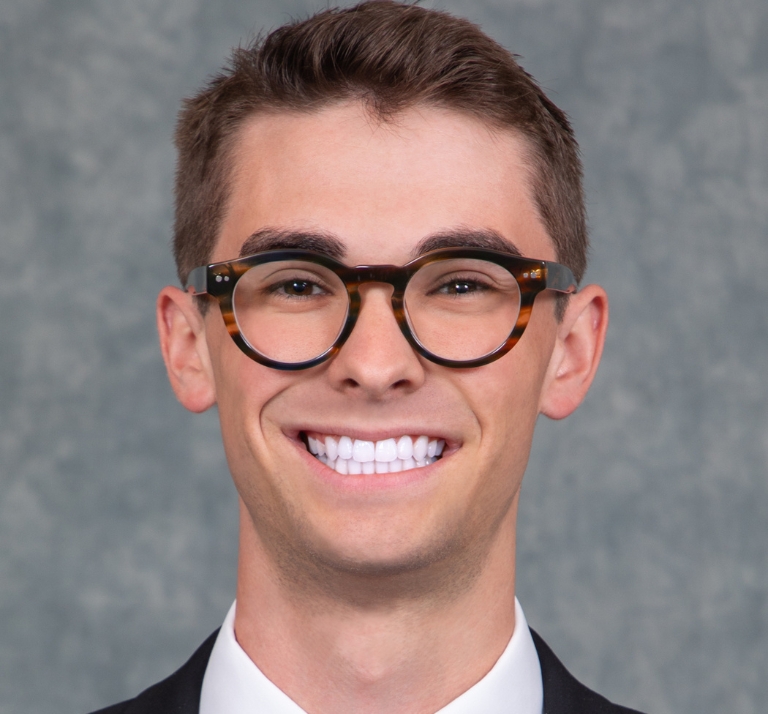
Jack Van Moorleghem
Propaedeutic Year
St. John Vianney Seminary
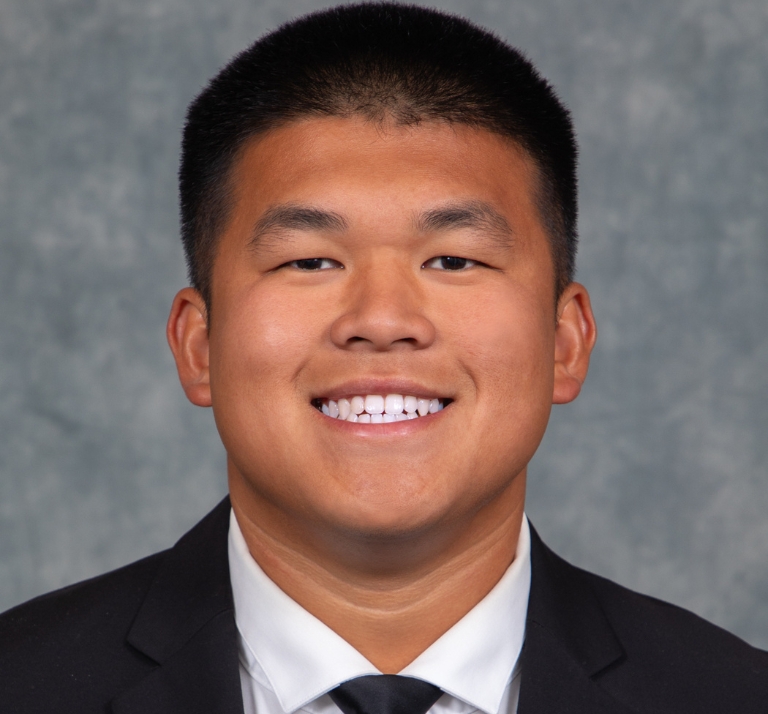
Kade Wiese
Propaedeutic Year
Kenrick Glennon Seminary
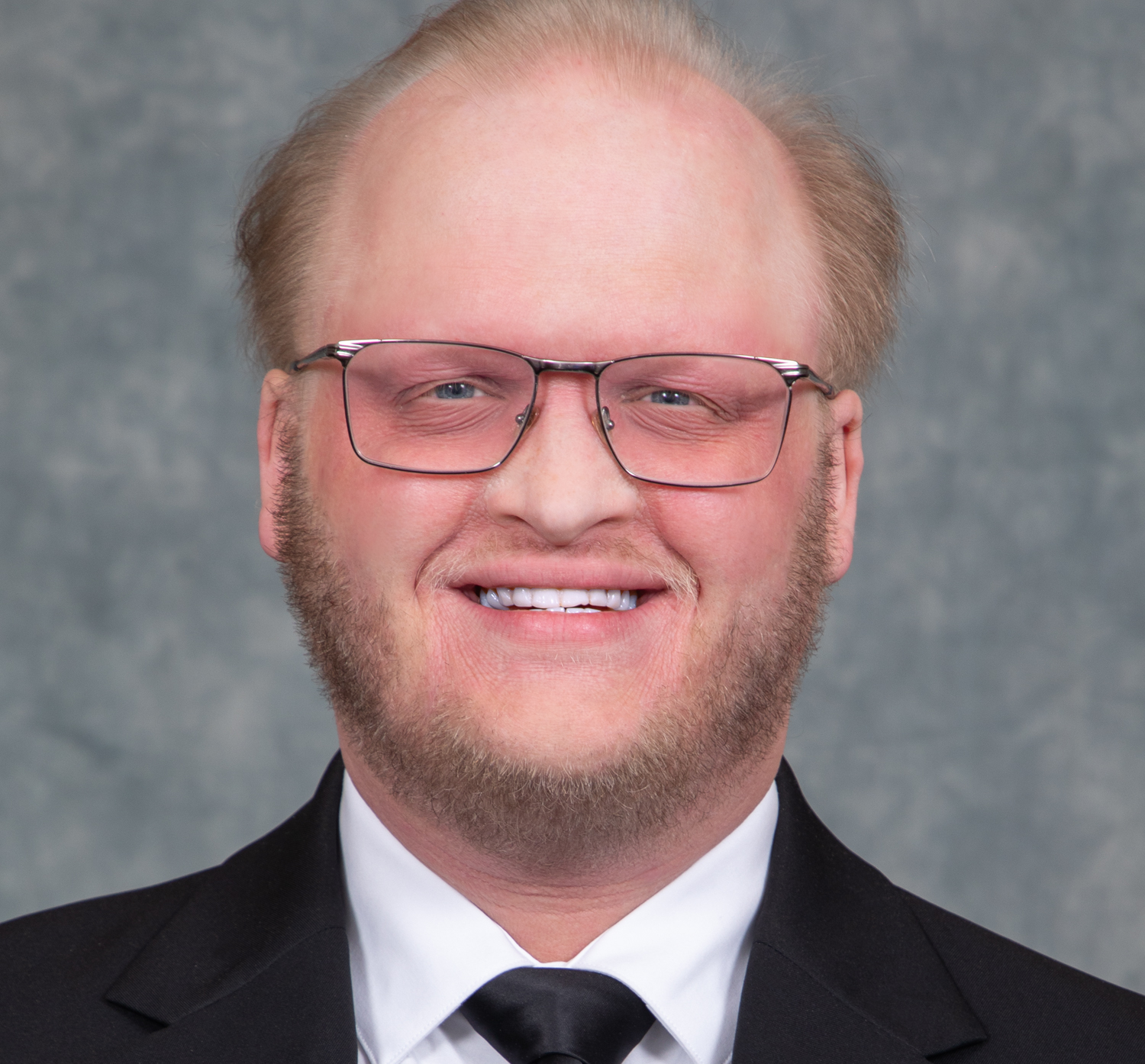
Sam Wiegand
Propaedeutic Year
St. Paul Seminary
Learn About The Seminaries
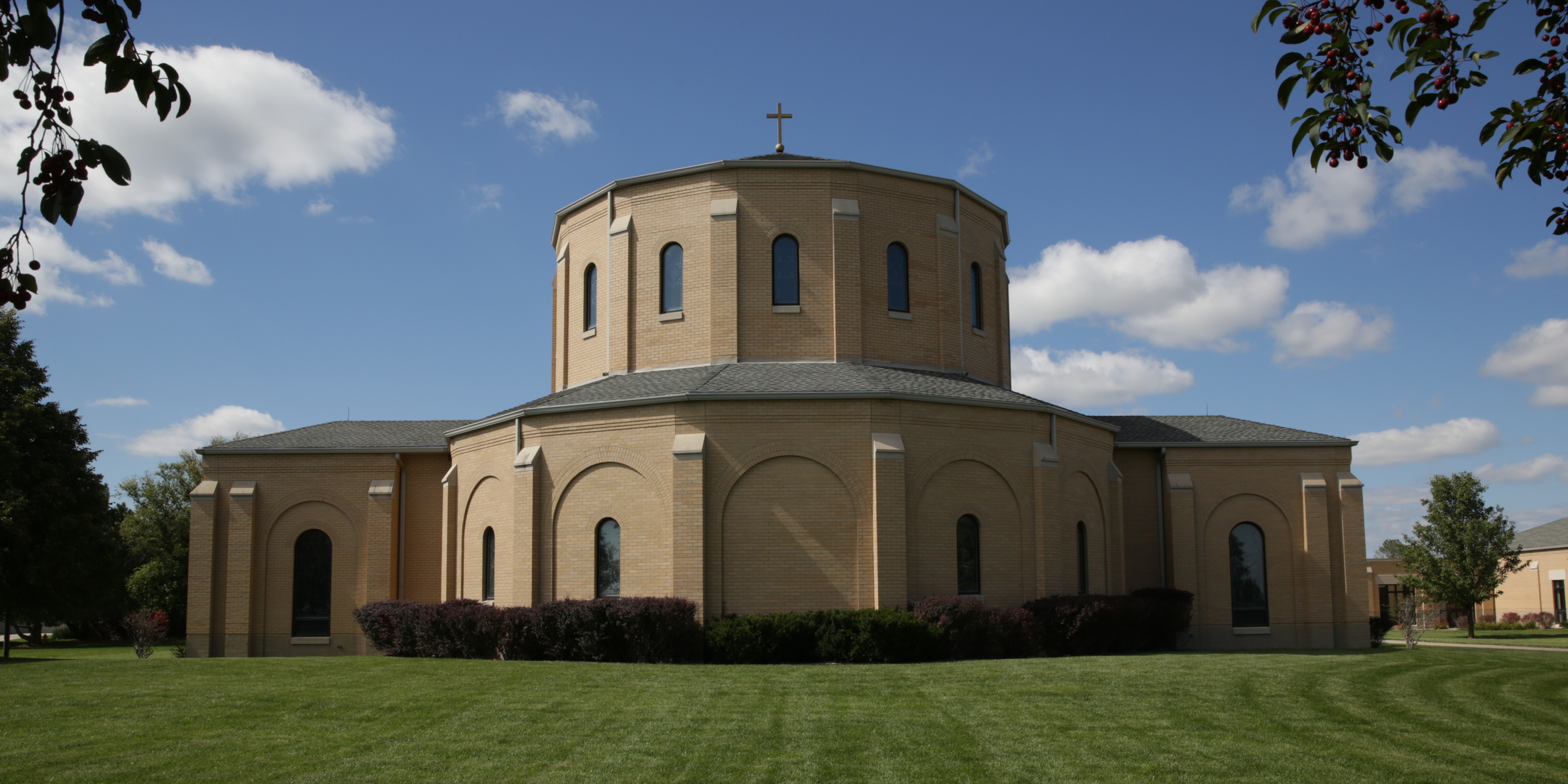
St. Gregory the Great Seminary
Lincoln, NE
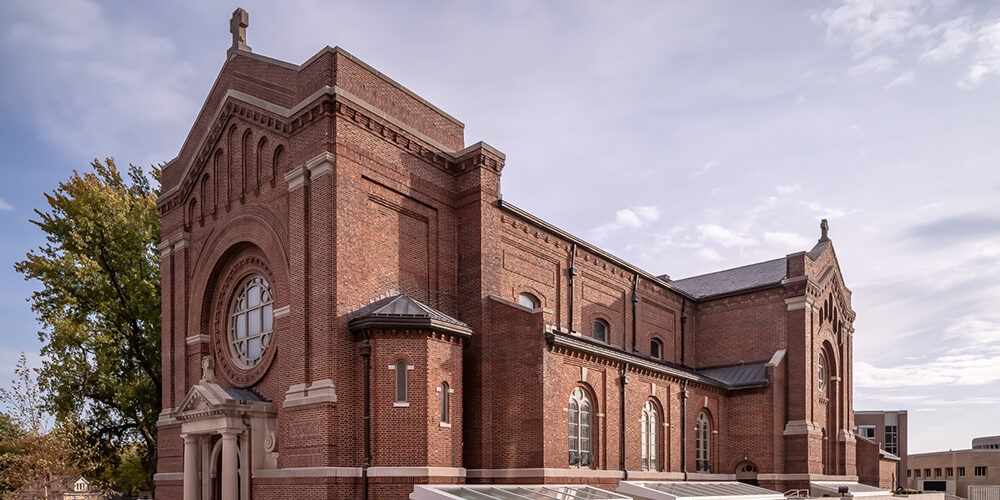
St. John Vianney Seminary
St. Paul, MN
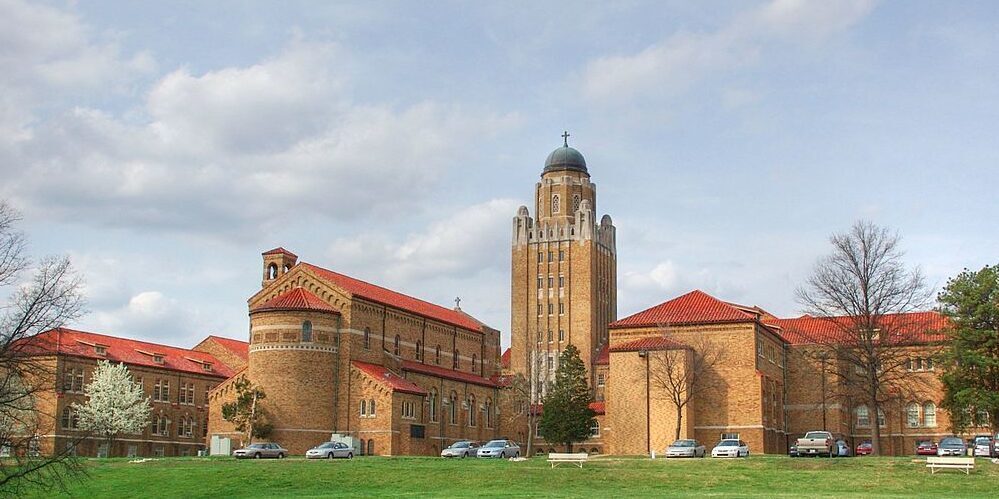
Kenrick-Glennon Seminary
St. Louis, MO
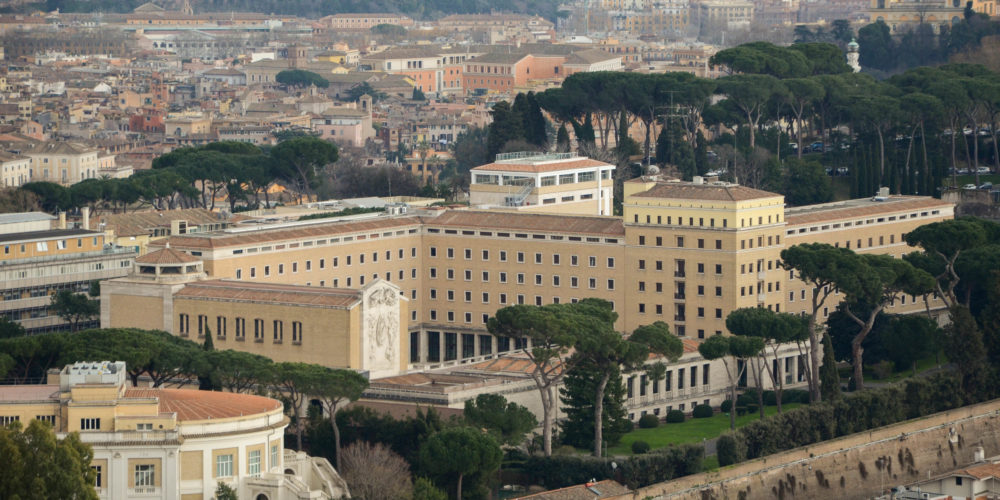
North American College
Rome, Italy
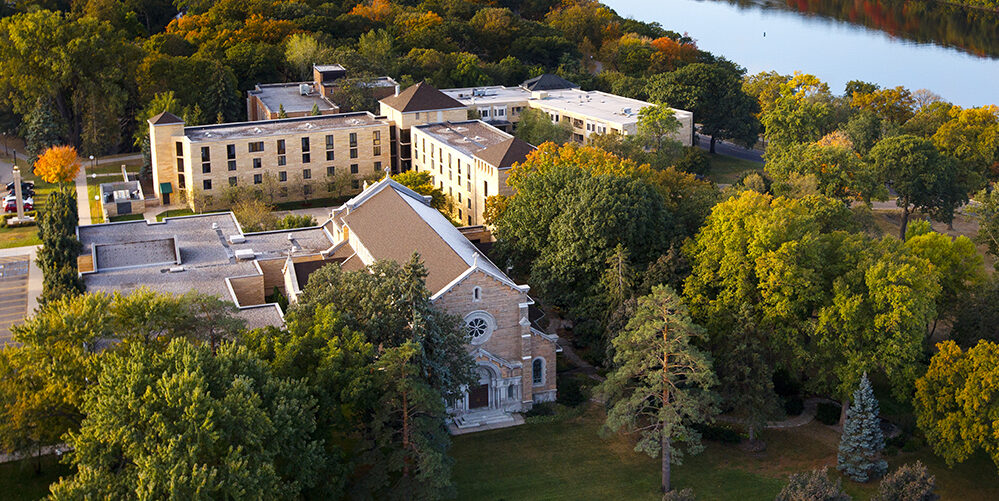
St. Paul Seminary
St. Paul, MN
Stages of Priestly Formation
In order to become a Catholic priest, a man must fulfill three basic requirements: a college degree, 2 years of Philosophy study, and 4 years of Theology study. Some men enter seminary while still in college and so they attend College Seminary. Once they get a degree, they can transfer to Major Seminary. Because the demands of priesthood are so great, formation of future priests is rigorous. In addition to master’s-level academics, seminarians pray together at least twice a day, go to daily Mass, meet with their spiritual directors, and go to pastoral assignments at local parishes.
The Propaedeutic Stage (1-3 years)
Since formation is a lifelong journey, it is important to lay a solid foundation for this journey in the Propaedeutic Stage, especially in the human and spiritual dimensions. This is a non-academic stage which allows the seminarian to lay a foundation for a new way of life through prayer, study, fraternity, and appropriate docility to formation.
The Discipleship Stage (2 years)
In the Discipleship Stage there is a systematic and rigorous formation that has at its core the goal of growing in an intimate relationship with Jesus Christ through the life of meditation, contemplation, philosophical study, and the training of one’s character in Christian virtue.
The Configuration Stage (4 years)
In this stage, the seminarian models his life on the self-donation of Jesus Christ, Shepherd and Servant, as he prepares more immediately for Holy Orders. Reception of Candidacy, and conferral of the ministries of lector and acolyte occurs during this stage, marking the progressive deepening of this self-configuration to Christ both liturgically and in catechesis, evangelization, and active service to the poor.
The Vocational Synthesis Stage (6 months – 1 year)
This stage is the period of formation between diaconal and priestly ordinations. Occurring upon the completion of formal seminary formation, it is intended as a time of integration and transition into one’s diocese. This stage is a gradual realization of the cleric’s responsibility for the care of souls while he resides full-time in a parish.
